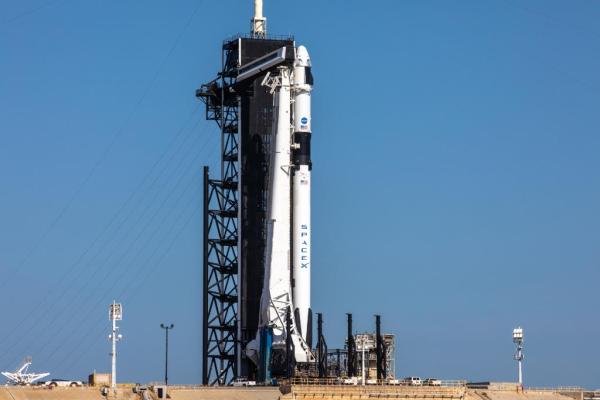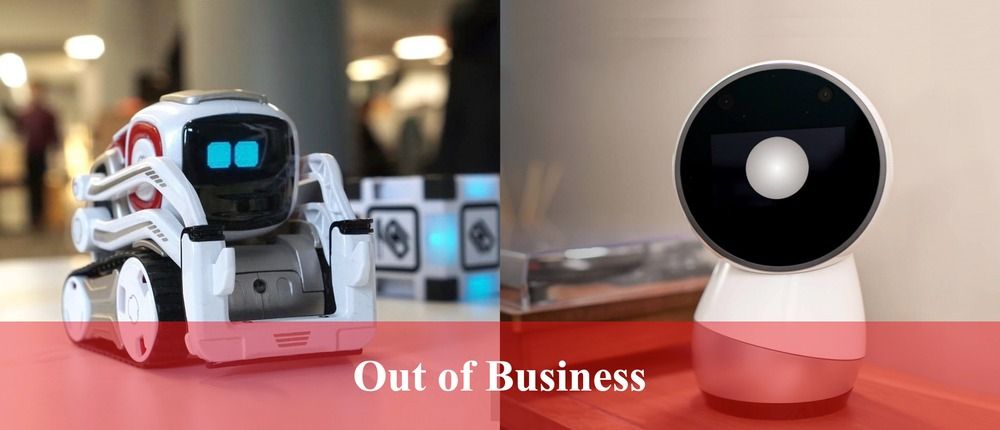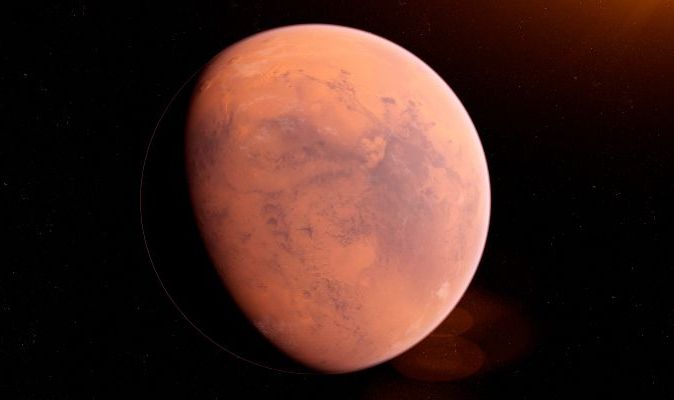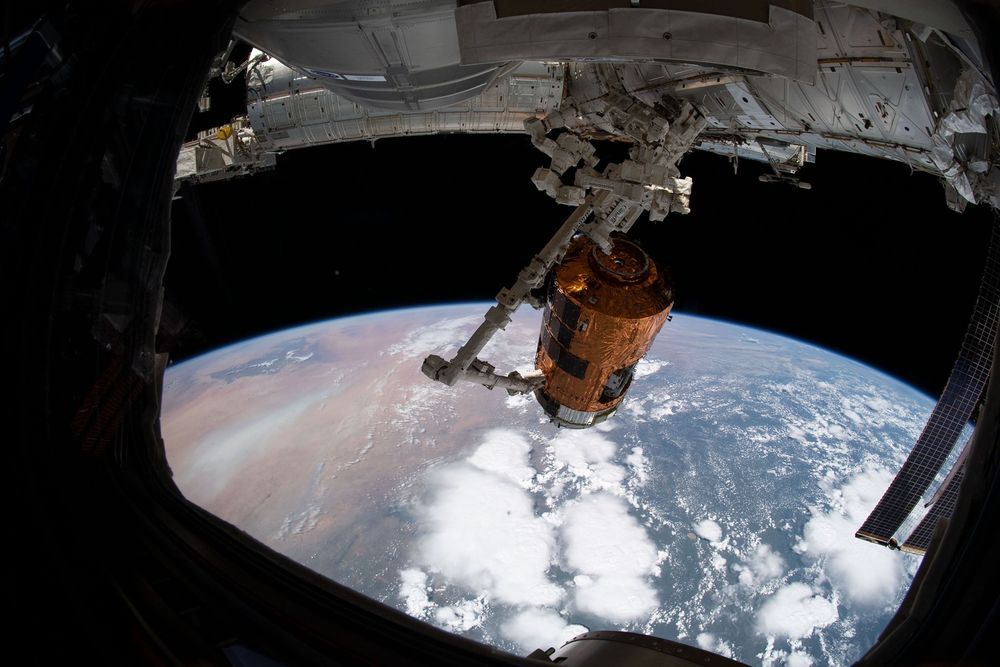
Very excited about this!
NASA and SpaceX are closer than ever to a moment both have been preparing for since the beginning of the Commercial Crew program in 2010. SpaceX’s Falcon 9 and Crew Dragon spacecraft are now set to fly with NASA astronauts Doug Hurley and Bob Behnken onboard, making a trip to the International Space Station, and both the agency and SpaceX announced today that they have officially passed the final flight readiness review, meaning everything is now a ‘go’ for launch.
According to NASA Commercial Crew Program manager Kathy Leuders during a press conference on Monday, everything went well with all pre-launch flight checks thus far, including a full-length static test fire of the Falcon 9’s engines, and a dress rehearsal of all launch preparation including strapping Hurley and Behnken into the rocket.
The only remaining major hurdle for SpaceX and NASA now is the weather, which is currently only looking around 40% favorable for a launch attempt on schedule for Wednesday, May 27 at 4:33 PM EDT, though during today’s press conference officials noted it is actually trending upwards as of today.









